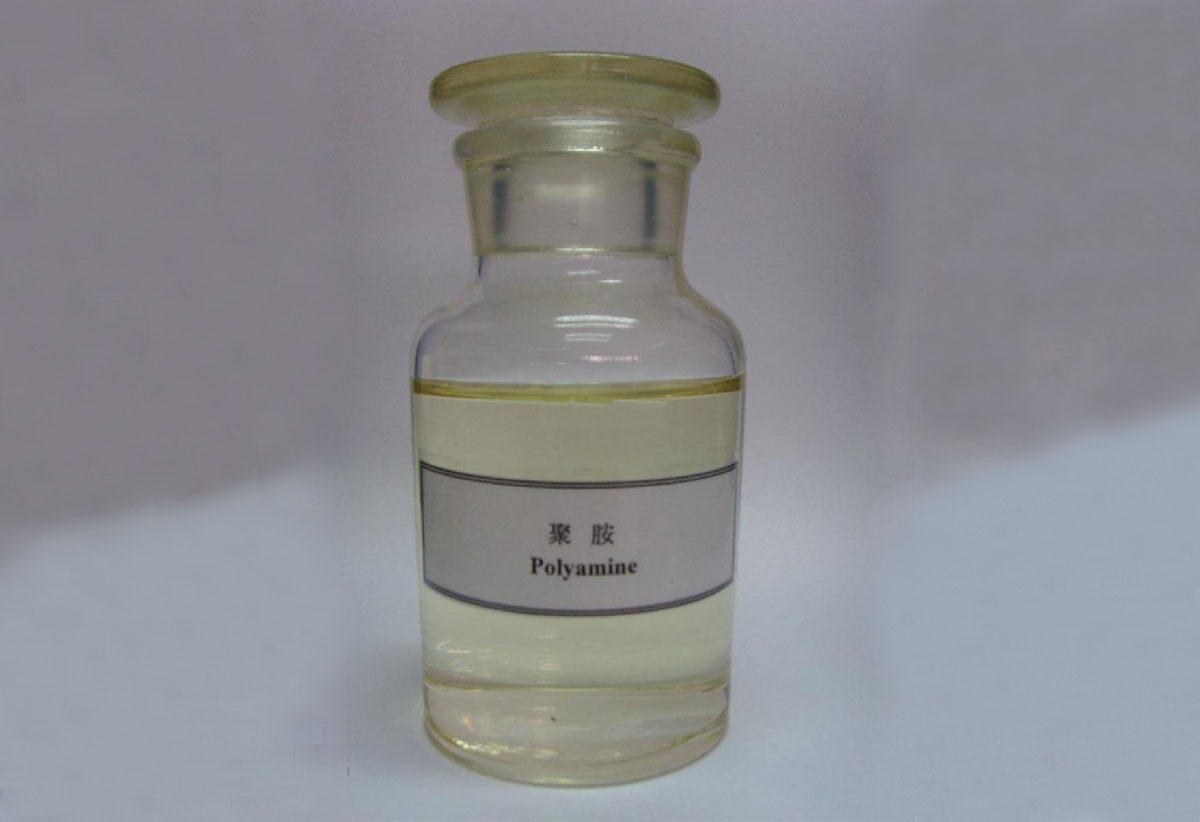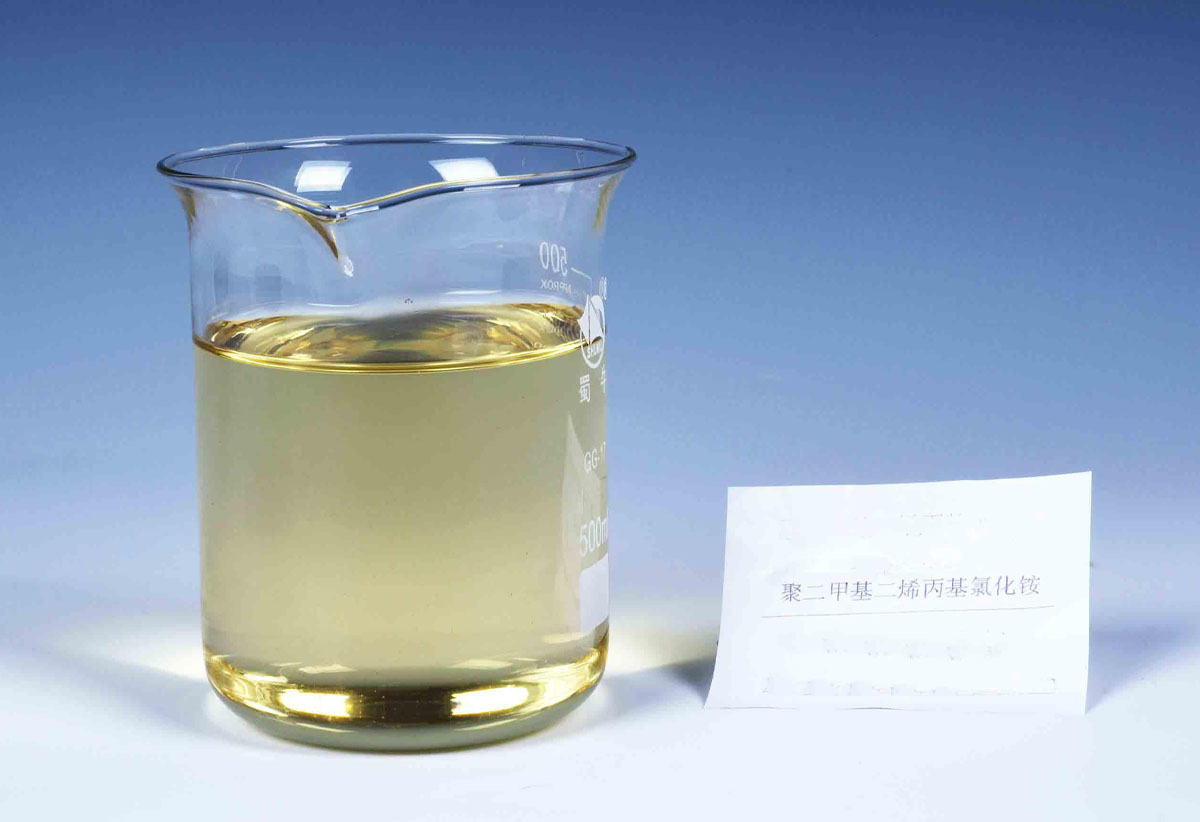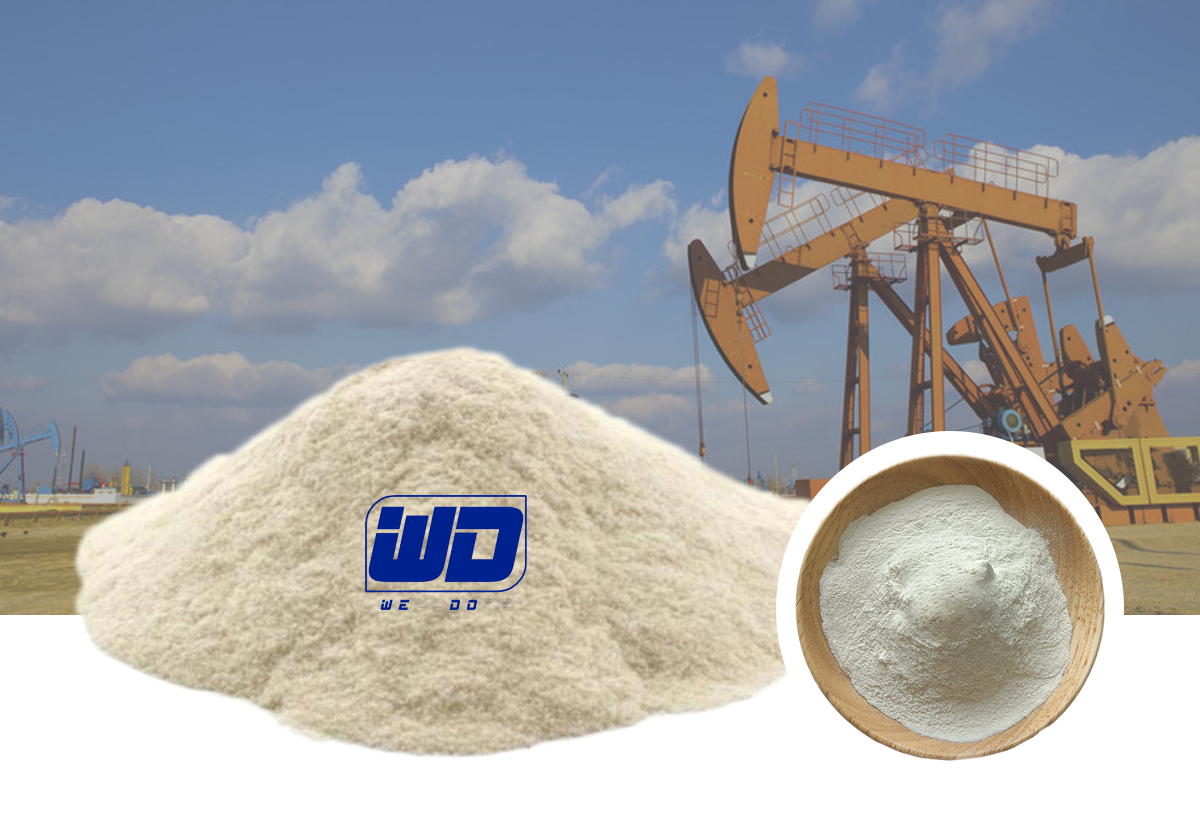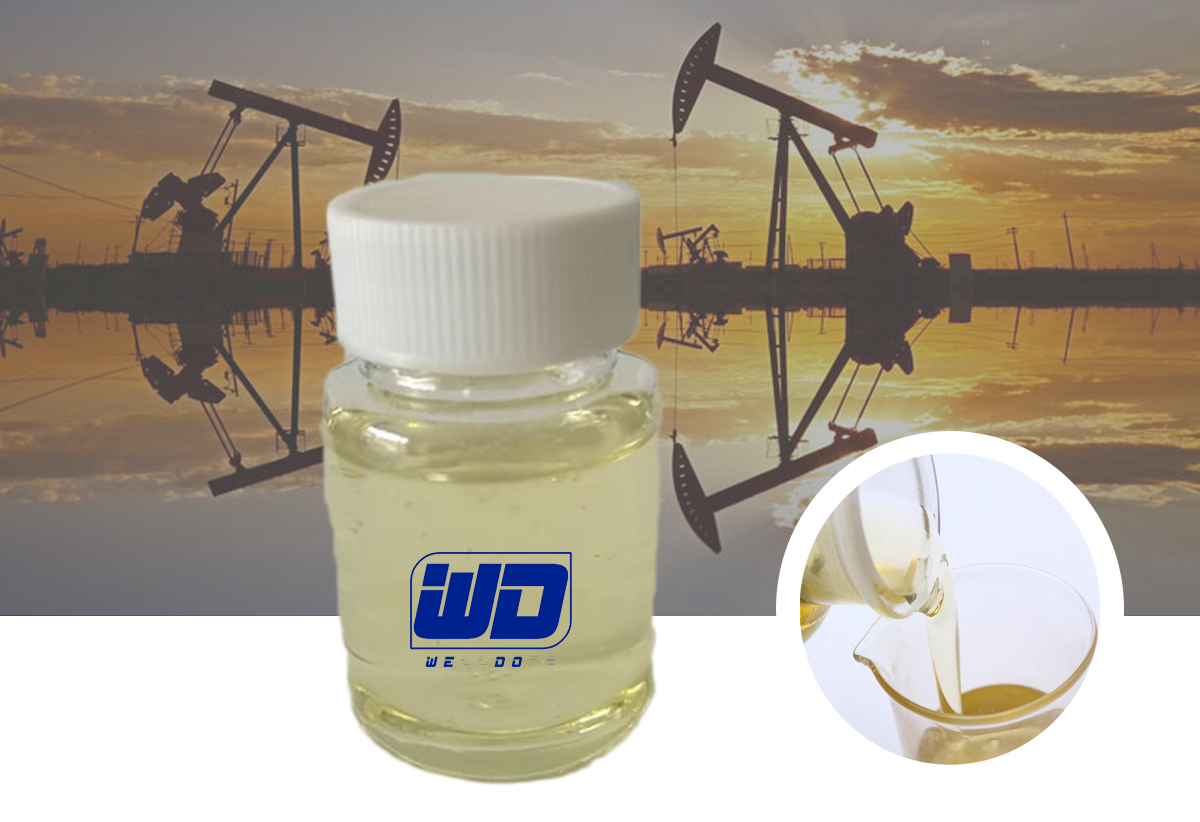When purchasing polyacrylamide, you usually face the problem of how to choose the type of polyacrylamide (PAM). Here we give several factors that need to be considered when selecting polyacrylamide (PAM), hoping to help you.
Select according to the use scenario:
Determine the specific needs of your purchase of polyacrylamide. Different types of PAM are suitable for different water treatment fields, such as sewage treatment, paper production, mining, etc.
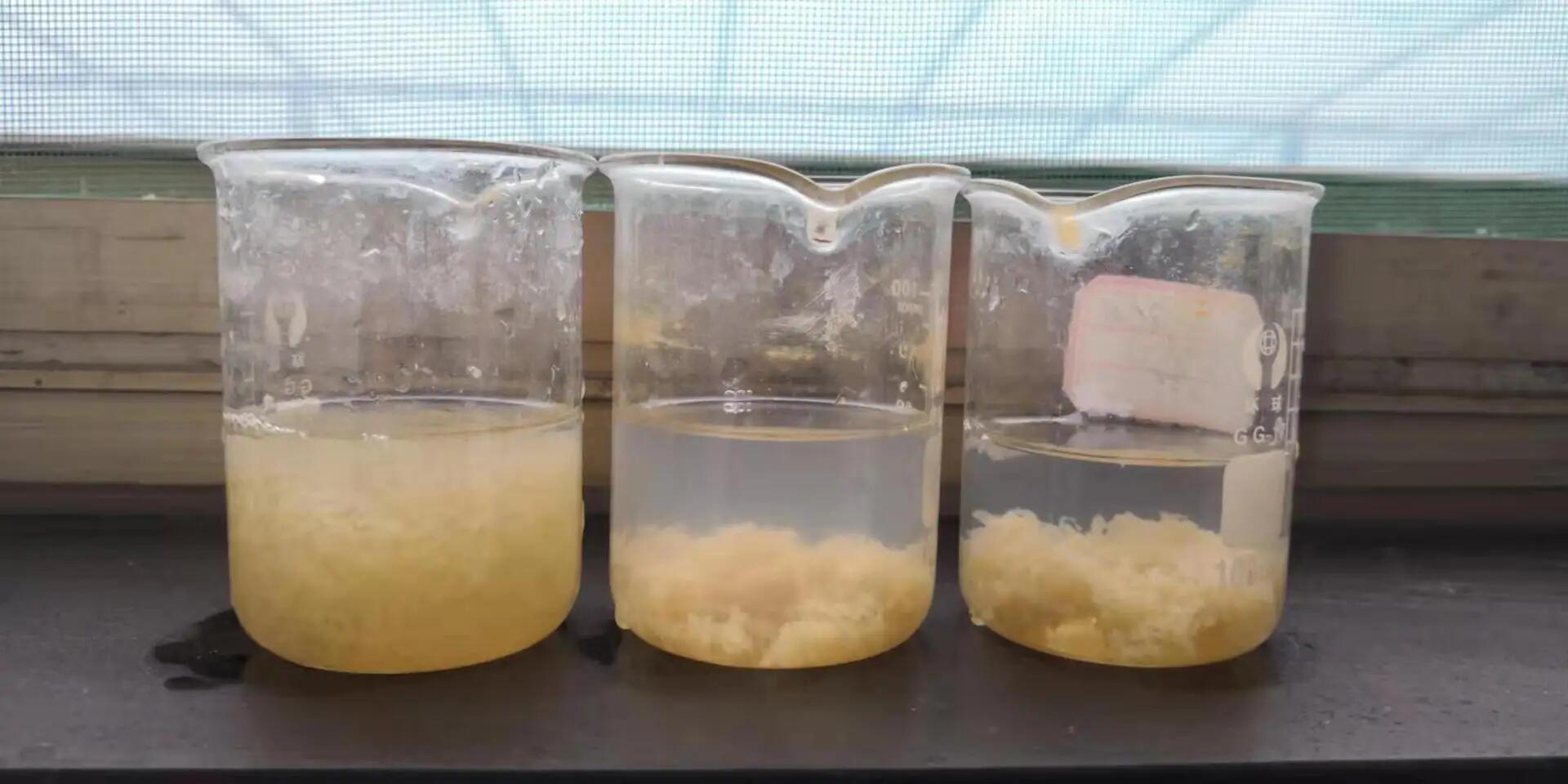
Select according to PAM ionicity:
PAM can be divided into cationic, anionic and non-ionic types according to ionicity. For example: When using polyacrylamide for water treatment, select the appropriate ionic type according to the characteristics of the treated water quality to achieve the best flocculation effect.
Select according to PAM molecular weight:
Take the use of PAM in water treatment as an example: The molecular weight of PAM will affect its effect in water treatment. Generally speaking, high molecular weight PAM has better removal effects on suspended solids and colloids, but it will also increase costs. Select the appropriate molecular weight according to specific treatment needs and budget.

Selection based on PAM solubility:
The solubility of PAM is important in many application scenarios. Choosing PAM with good solubility can ensure its full effect and avoid problems such as residue or pipe clogging.
Environmental friendliness:
Considering the environmental friendliness of PAM is also an important consideration in the selection. Choose products with less impact on the environment and meet environmental protection requirements.
Test verification:
Before selecting the type of PAM, it is best to conduct a small-scale test verification to ensure that the selected PAM type can achieve the expected effect in actual application.
WELLDONE polyacrylamide suppliers can provide samples for testing free of charge.
Taking the above factors into consideration, choosing the appropriate PAM type according to the specific usage scenario requirements and conditions can help improve efficiency, reduce processing costs, and protect equipment.




